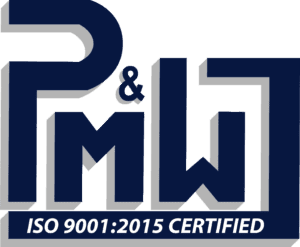As technology advances, so do the tools and methods available for motor diagnostics. One such invaluable tool in the realm of motor maintenance is thermographic inspections. By utilizing thermal imaging to detect potential issues in motors, thermographic inspections play a crucial role in preventing costly breakdowns and ensuring optimal performance. In this blog post, we will delve into the significance of thermographic inspections in motor diagnostics, exploring how this non-invasive technique can help identify problems before they escalate.
The Basics of Thermographic Inspections
Thermographic inspections involve the use of infrared cameras to capture and visualize the heat emitted by an object. In the context of motor diagnostics, thermography helps technicians identify abnormal temperature patterns that may indicate underlying issues such as overheating, loose connections, or insulation breakdown. By detecting these anomalies early on, maintenance professionals can take proactive measures to address potential problems and prevent motor failures.
Benefits of Thermographic Inspections
- Early Detection: Thermographic inspections enable early detection of issues that may not be apparent during visual inspections. By identifying problems at an early stage, technicians can intervene before they develop into more serious faults.
- Preventive Maintenance: By conducting regular thermographic inspections, motor maintenance teams can implement preventive maintenance strategies to prolong the lifespan of motors and reduce the likelihood of unexpected failures.
- Cost Savings: Detecting and addressing potential issues proactively through thermographic inspections can result in significant cost savings by avoiding costly repairs or replacements down the line.
- Improved Safety: Identifying overheating components or electrical abnormalities early on can enhance workplace safety by minimizing the risk of accidents or malfunctions.
Integration with Motor Health Monitoring Systems
Thermographic inspections can be seamlessly integrated with motor health monitoring systems to provide a comprehensive view of motor performance and condition. By combining thermal imaging data with real-time monitoring metrics, maintenance teams can gain deeper insights into the health of motors and make data-driven decisions to optimize maintenance schedules and resource allocation.
Conclusion
In conclusion, thermographic inspections play a vital role in motor diagnostics by enabling early detection of potential issues, supporting preventive maintenance efforts, and enhancing overall operational efficiency. By leveraging the power of thermal imaging technology, motor repair and manufacturing companies can ensure the reliability and longevity of their equipment while minimizing downtime and costs associated with unexpected failures.
If you are interested in implementing thermographic inspections for your motors or have any questions about motor diagnostics, feel free to contact The Pump & Motor Works, Inc. Our team of experts is here to assist you with your motor maintenance needs.



